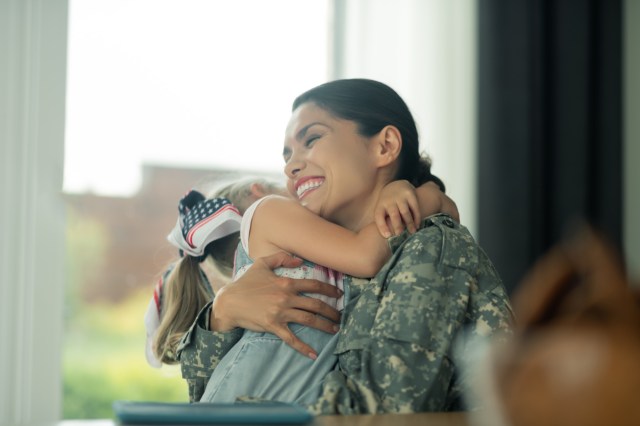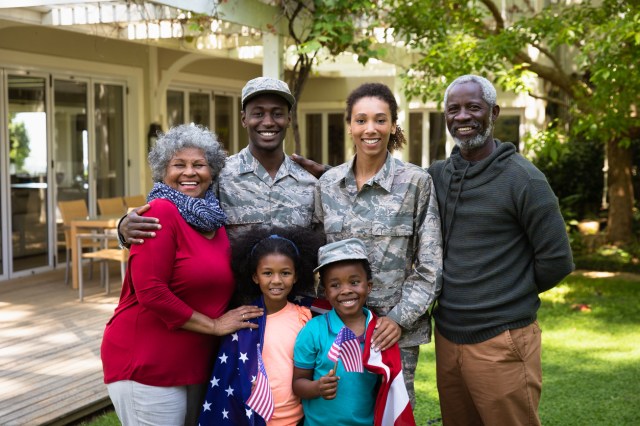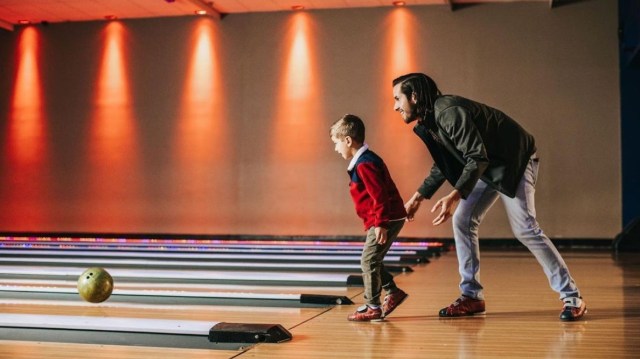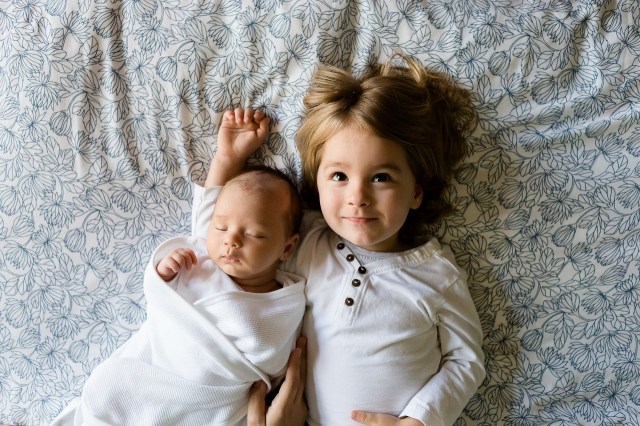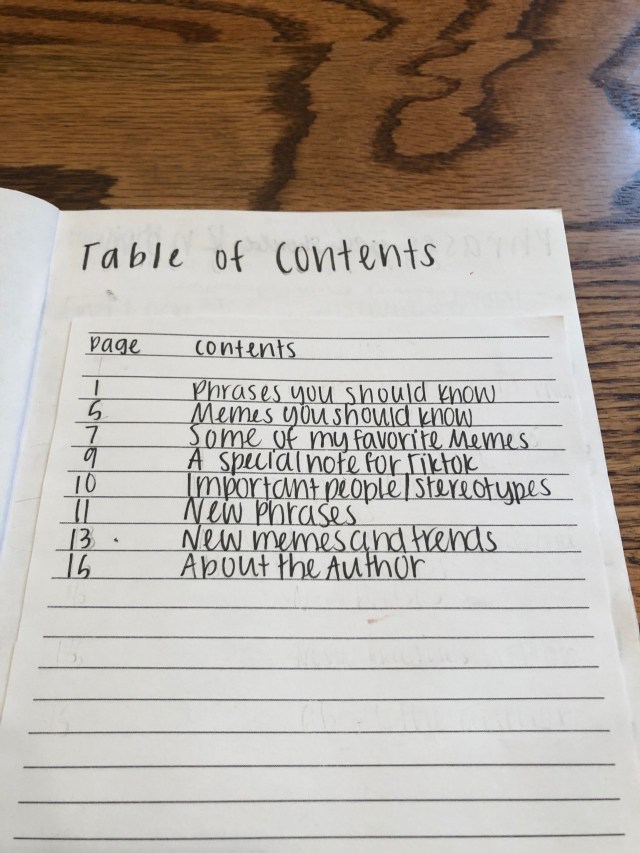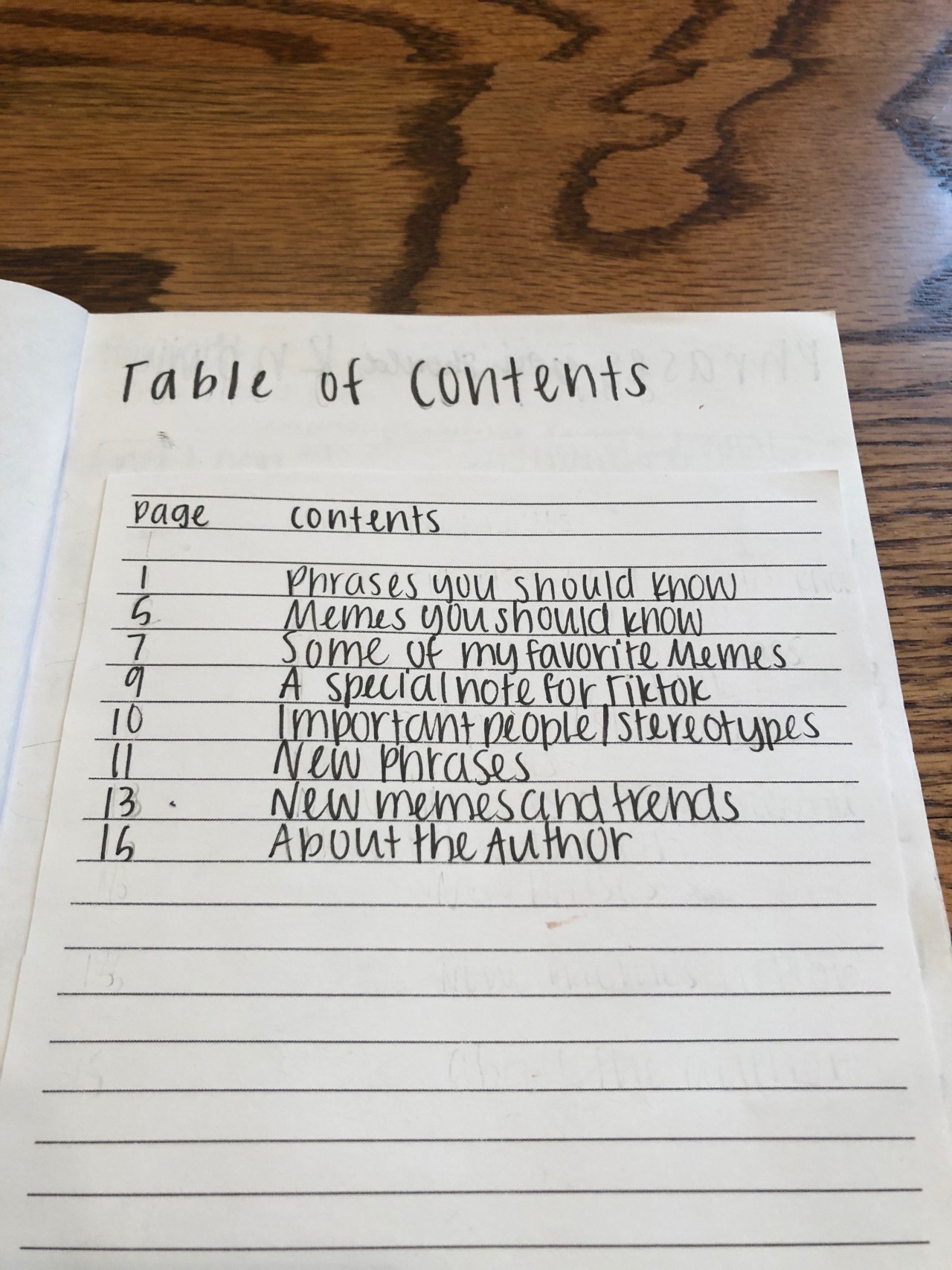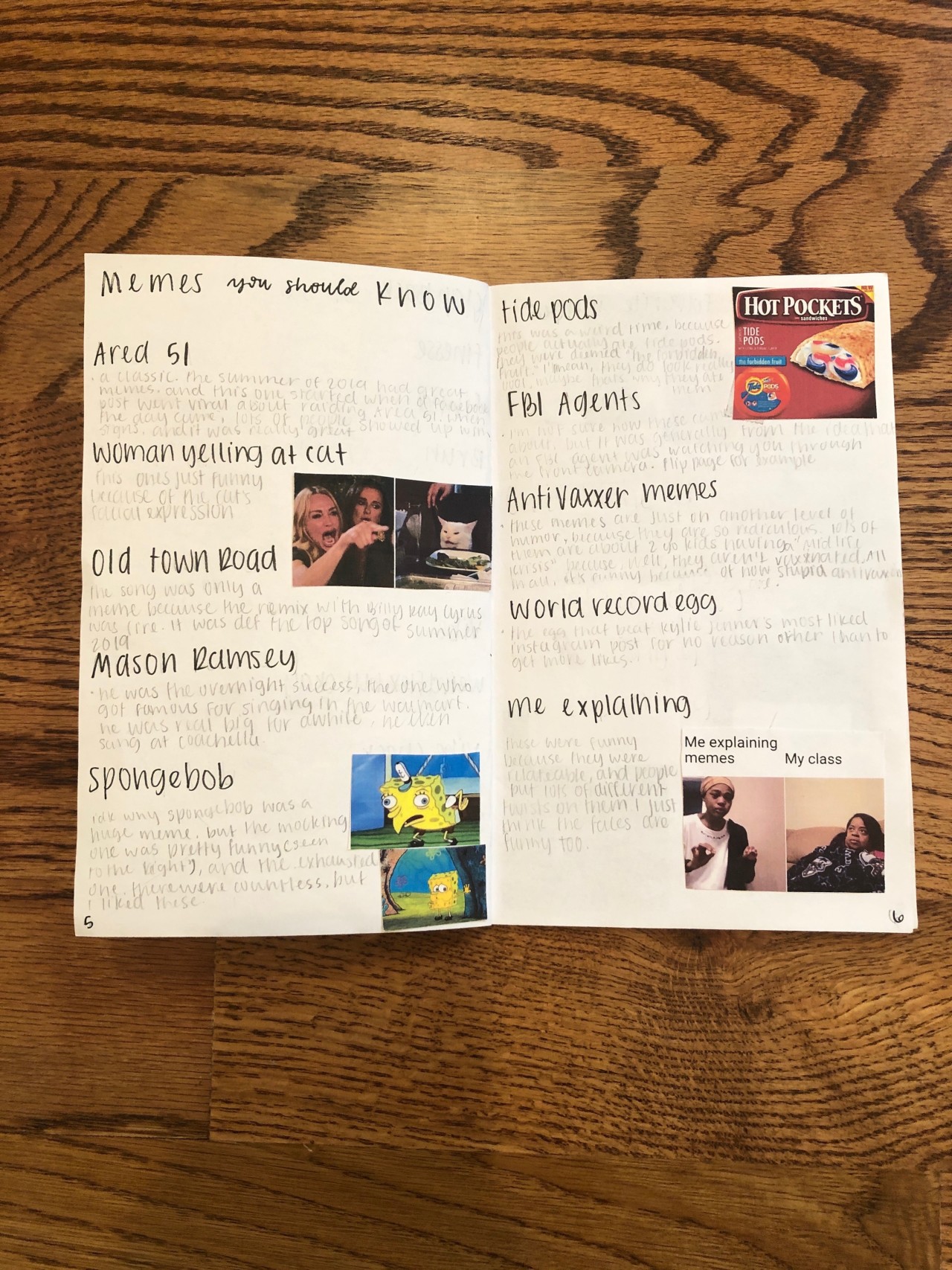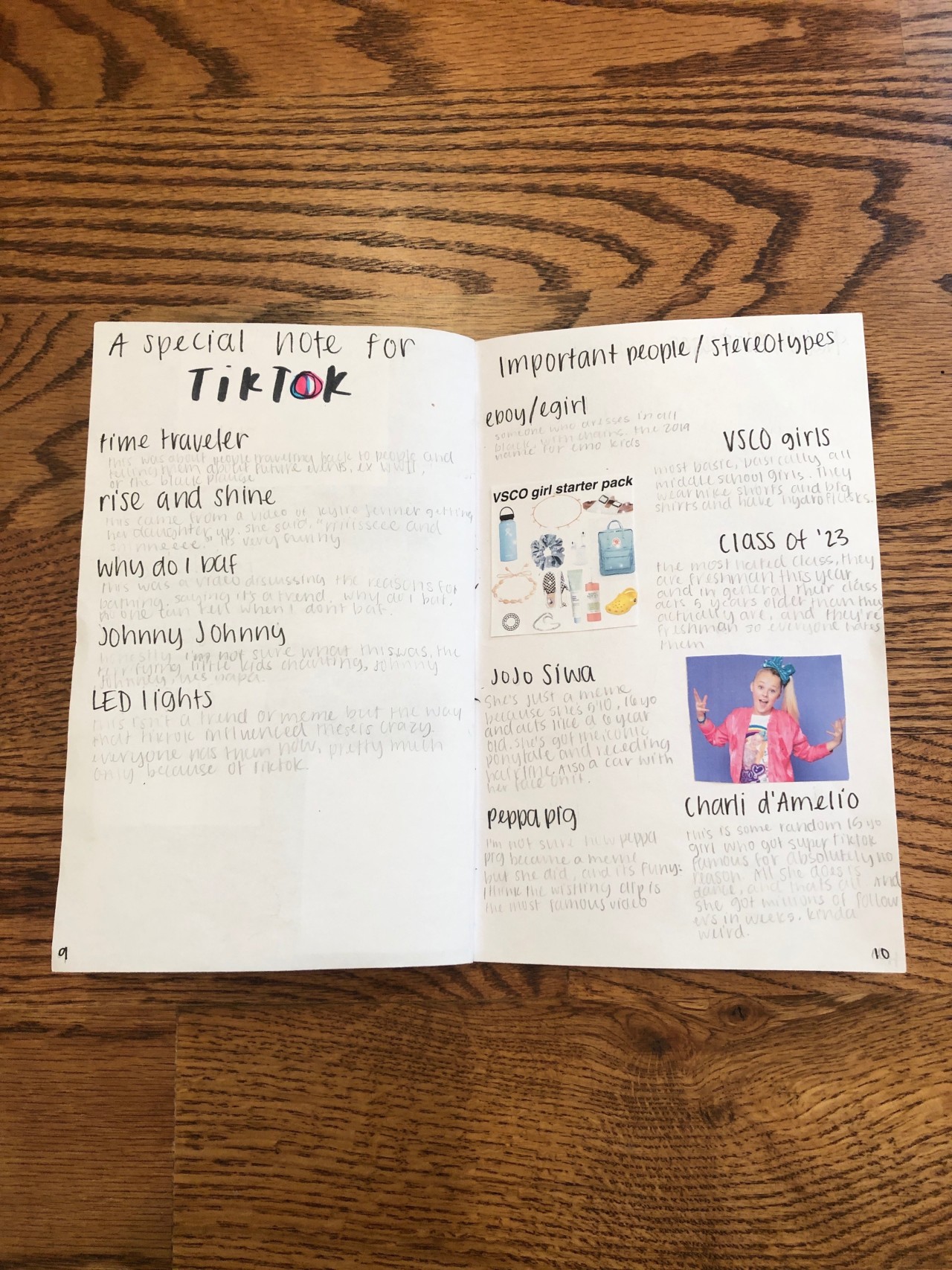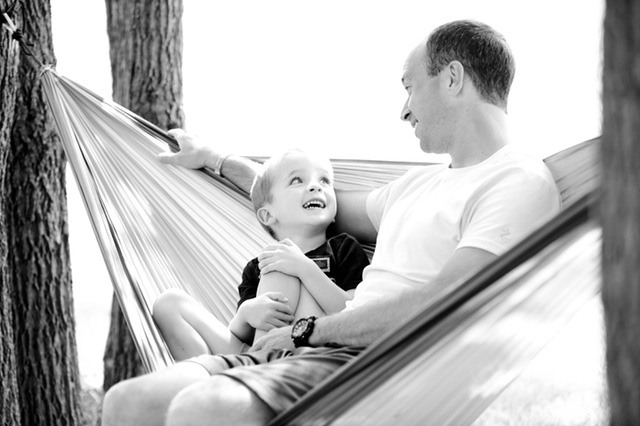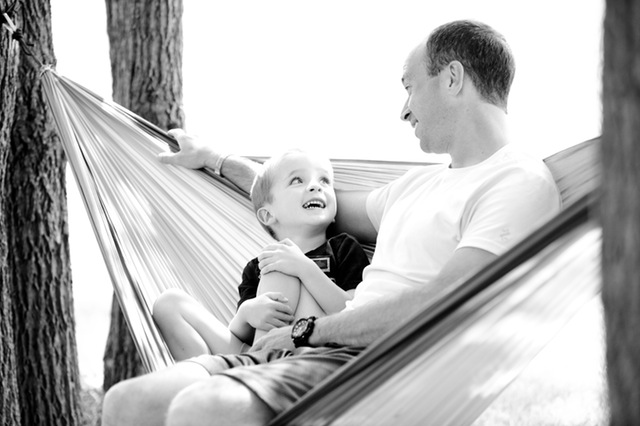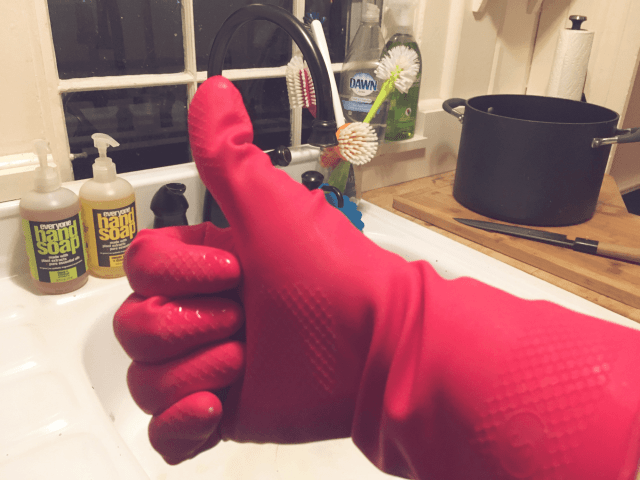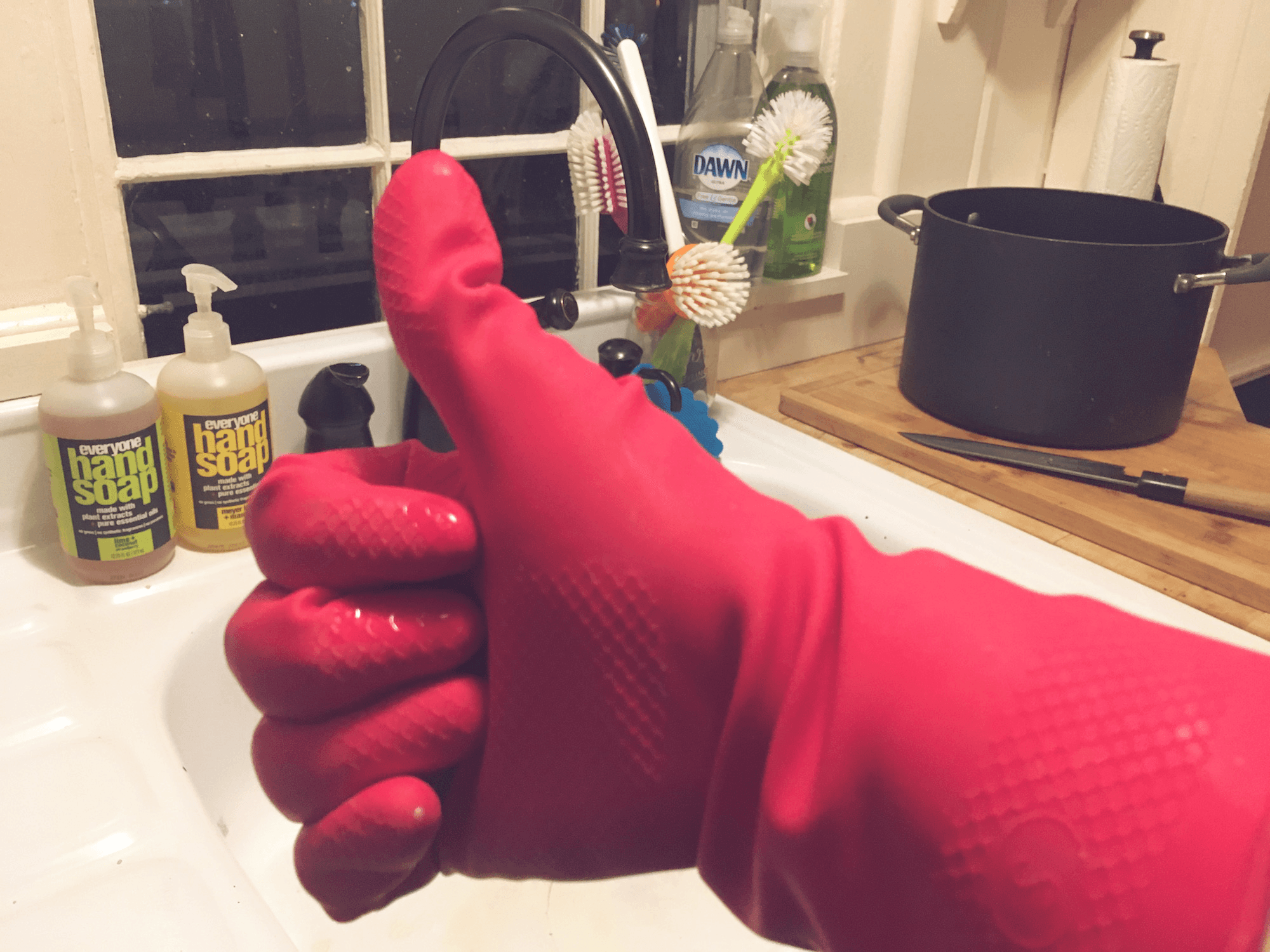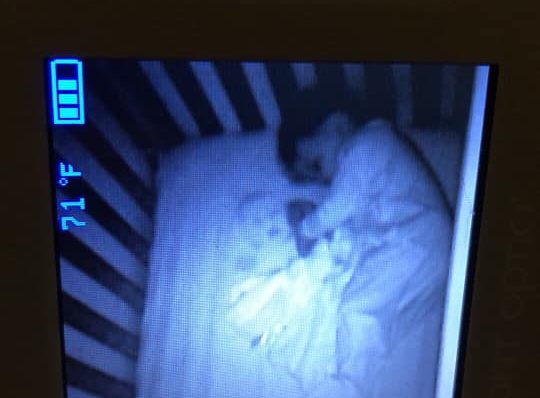Vintage is the name of the game at these old-school Atlanta bowling alleys
Don’t get us wrong, winter in Atlanta is tons of fun. Who doesn’t love snow tubing and sledding when the snow flies. Or heading out for a day of skiing? There’s lots of love about the cooler months. But sometimes it doesn’t hurt to duck inside when the temperatures are still chilly. So we found all the indoor bowling fun you need to get out and have family fun together. There’s nothing quite like watching your child bowl their first strike at a bowling alley near Atlanta. So, pack up your family and head to these Atlanta bowling alleys to turn back the clock on entertainment. Each spot is family-friendly and goes beyond bowling with everything from laser tag to epic arcade games. Consider this the perfect rainy day line-up of family-friendly bowling alleys in the city.
1. Midtown Bowl
An Atlanta tradition since 1960, get your game on with 32 lanes at this classic Atlanta bowling alley. Stepping inside, you’re welcomed by the charm of a 1970’s colorful, retro-chic bowling alley with lane tables that sit up to six and a jukebox. Jukebox lessons with your kids are always fun since they’ve probably never tried one.
Beyond Bowling: This vintage bowling alley focuses on the main event, but the food is an excellent distraction. For kids, they’ve got everything from fish sticks to corn dogs, and big kids will love the signature burgers. Check out the vegan and vegetarian menus, too.
Insider Tip: Midtown Bowl is a cash-free business.
1936 Piedmont Cir. N.E.
Atlanta
Online: midtownbowl.com
2. Main Event Atlanta
Get ready for an immersive bowling experience with the latest tech for the whole family to enjoy. Whether you need a kid-friendly lane with bumpers or a professional lane to show your stuff, Main Event Atlanta offers that and more. In addition, bowling birthday packages start at just $15.99 per person and give you your party space and an enthusiastic host to guide you through the best day of the year.
Beyond Bowling: When everyone is ready for more, play adrenaline-pumping Virtual Reality or sign up for a multi-level area Laser Tag game. Then, grab your crew for a friendly game of pool, air hockey or one of the immersive Story Rooms.
3101 Cobb Parkway S.E., Suite 104
Atlanta
Online: mainevent.com
3. The Painted Duck
Be sure to visit this Atlanta bowling alley that offers upscale bowling before 5 p.m. when kids are allowed. It is nothing short of amazing. Thankfully, each duckpin bowling alley and seating area is sparkling clean, and the tableside service makes bowling with kids much more manageable. You’ll get three rolls per turn with duckpins, and the smaller balls are great for little hands.
Beyond Bowling: The Painted Duck has many fun games besides bowling, and the menu offers excellent food and cocktails far from typical bowling alley fare. The Duck Phat Fries and Duck Nuggets are the perfect options to start. Then, go all in and order the Whole Peking Duck. After dinner, take a walk around and pick one of the vintage games to play, like Horseshoes or Toad Hole.
Insider Tip: You are limited to two lanes and two hours of bowling. Valet parking ($3 plus gratuity) is available onsite.
976 Brady Ave.
Atlanta
Online: thepaintedduckatl.com
4. Round1 Bowling & Amusement
Head over to Cumberland Mall for bowling starting at $5 per person at Round1 Bowling & Amusement. You can bowl your new personal best and watch your crew jump up and down with excitement as they knock down pin after pin.
Beyond Bowling: This bowling alley offers much more for the whole family. Try out your singing voice with karaoke, put on some VR goggles or watch your little ones climb to the ceiling in the Spo-Cha area, an indoor sports complex. There’s an arcade game around every corner and family-friendly food for your crew.
Insider Tip: Check their website before you arrive, as they often run special promotions and giveaways.
2860 Cumberland Mall Ste 1500
Atlanta
Online: round1usa.com
5. Stars and Strikes
You’ll want to plan an entire day here with bowling, laser tag, arcade games, a full menu, and more. And if your whole family is looking for a Friday evening activity, Stars and Strikes offers unlimited play for only $18.99 from 5 PM-close and half-price arcade play all day on Monday. Your kids will love it so much that you may end up planning your next birthday soiree here. They have premium bowling with advanced scoring for older kids and bumpers and ramps for younger party goers.
Beyond Bowling: Everyone in your crew will find something to do at Round1 because they offer arcade games, ax throwing, laser tag, escapology and bumper cars. And remember to come hungry. The food is delicious, and the portions are enormous.
Locations in Cumming, Dacula, Dallas, Stone Mountain & Sandy Springs.
Online: starsandstrikes.com
6. Bowlero Atlantic Station
These lanes are some of the coolest and most stunning in the game, featuring black lights, soft lounge seats, and HD video walls that play everything from live sports and music videos to classic family films. And that’s just the bowling alleys at Bowlero Atlantic Station.
Beyond Bowling: When you want to try something different, head to the bright arcade area for some old and new school games. Load up the prepaid card and get ready to play. The menu offers a little of everything from mile high burgers to overflowing street tacos.
Insider Tip: It’s best to visit this bowling alley before 3 PM.
261 19th St. N.W., Suite 1150
Atlanta
Online: bowlero.com
